It is really hard to believe that 20 years have passed since the Haçienda closed its doors to the public. After all these years, this renowned and highly influential nightclub & live music venue was and still is the most famous discotheque in all of Manchester. No other club in the area has ever come close to surpassing it.
From 1982 till the moment it shut down on June 28, 1997, The Haçienda represented the epicenter of the city. Everything that was music related or closely connected to it was happening here and everyone wanted to be part of that scene which was growing bigger and bigger by the minute, up until the point when it backfired, that is.
The Haçienda was nearly always packed to the fullest and yet, somehow, the club still lost money. Sheer enthusiasm, persistence, and total belief in it were what kept the place afloat all those years, in spite of the financial troubles. However, excessive drug use, gang violence and shootings inside and outside the premises brought the place to the ground. The closing of the club was simply inevitable.
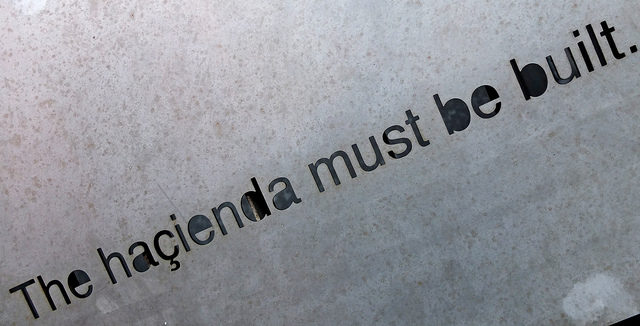
Nevertheless, none of those things have been able to tarnish the legacy that Haçienda left. The place may be gone, but the memory of it still lives on. It is safe to say that this former super-club is almost single-handedly responsible for creating the cultural music landscape of Manchester in the 1980s. This new, original music style, pioneered by bands like the Stone Roses, Happy Mondays, and Inspiral Carpets, was classified as “Madchester” by the British music press. The music that the artists played was an eclectic mix of alternative rock, 1960s pop and psychedelia, and acid house.
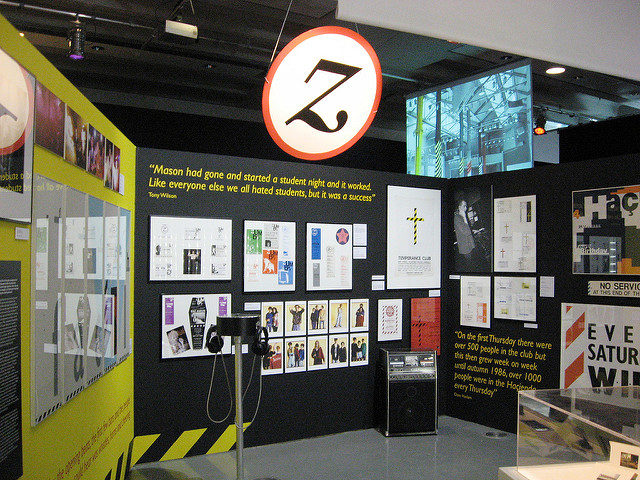
From the early 1990s, the Haçienda came to be ever more associated with the rising culture of rave, a music scene that was heavily influenced by drugs, particularly ecstasy. The start of this period is known as the Second Summer of Love, referring to the summers of both 1988 and 1989.
It was an era of youth euphoria, followed by huge drug-induced rave and dance parties and hedonism, that literally culminated with a bang. In order to know how it all went down, we have to go right back to when it all began.
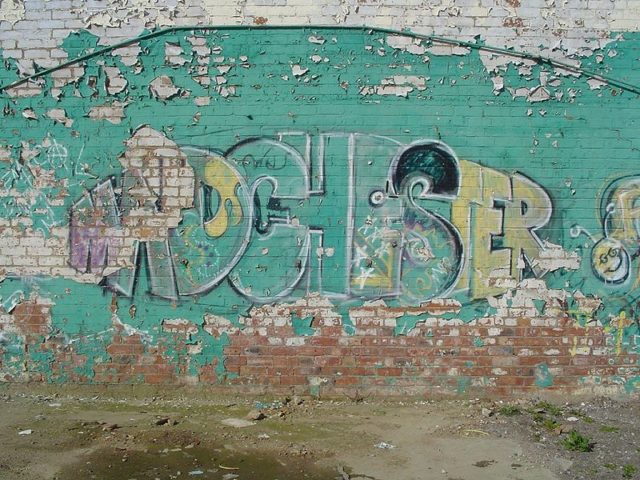
The idea for the club was conceived by Rob Gretton, the manager of Joy Division and New Order. Gretton was also a partner and co-founder of Factory Records, the record label behind Manchester’s most successful bands. The label’s leader, Tony Wilson, “Mr. Manchester” himself, loved the idea and saw it as a great opportunity to promote the music scene of the city even more. He and the members of New Order provided the finances for the club and settled on a location on the corner of Whitworth Street West and Albion Street. It was the perfect spot because it was close to the city center, and the building there, a former yacht builder’s shop and warehouse, was no longer in use.
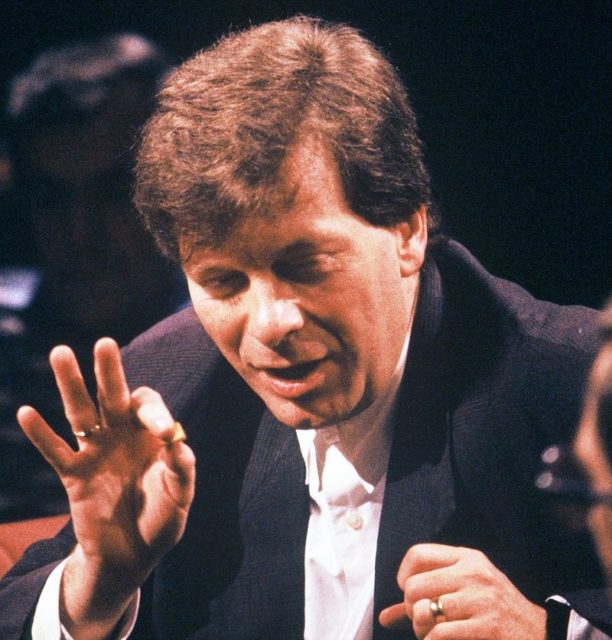
They hired Ben Kelly to design the interior and overall look of the club and came up with the name “Haçienda”, inspired by a slogan of the avant-garde, radical group Situationist International, “The Haçienda Must Be Built”.
The official opening of the Haçienda was on 21 May 1982. The nightclub consisted of 3 cocktail bars downstairs and a stage, dance area, bar, cloakroom, cafeteria area and balcony with a DJ booth upstairs. From its first night onwards, the Haçienda was an enormous success. As creative director for the club, Wilson was the one responsible for choosing the artists and promoting the place.
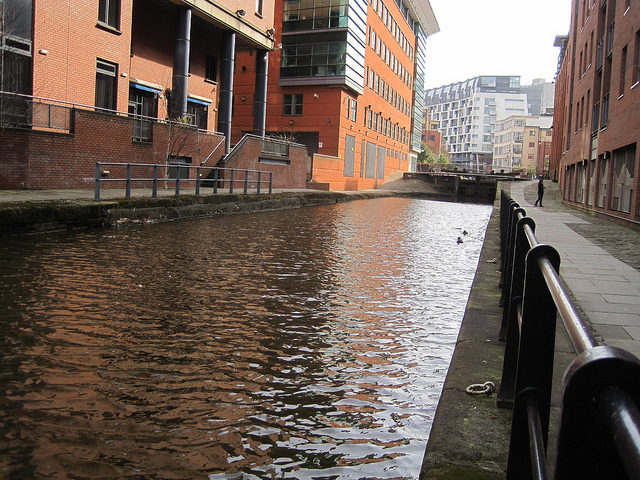
Over the years, the Haçienda hosted a huge variety of bands and musical acts, including all of the local superstars such as New Order and Happy Mondays who were regulars. One of the earliest to perform there was the German EBM band Liaisons Dangereuses, on 7 July 1982. The Smiths also performed there three times in 1983, and on 27th January 1984, Madonna made her first appearance in the United Kingdom in this very club.
But it was not until 1986 that the Haçienda really took off. The club became one of the first in Britain to host house music events, thus cementing its reputation as Manchester’s finest dance music hall.
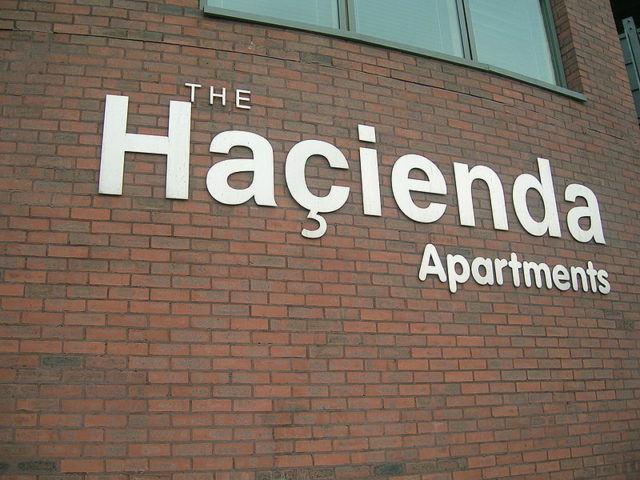
These events were held on Fridays and were always packed to the brim. The resident DJ was Mike Pickering, sometimes accompanied by Little Martin or John DaSilva. These nights came to be legendary, filled with frenetic energy, great music, and dancing that lasted till the sun came up. The Haçienda was a sensation.
However, after 1988, everything changed. The place was still full almost every night but it started to rapidly lose a lot of money. Drug use began to cause severe problems for the club, and not just financially, but also with the authorities. Ecstasy was sold inside and outside the premises, and because of that, the club could barely break even from the sale of alcohol, which is any nightclubs main source of income. Also, they were low on security staff who would otherwise have been able to stop or at least reduce the illegal transactions from happening.
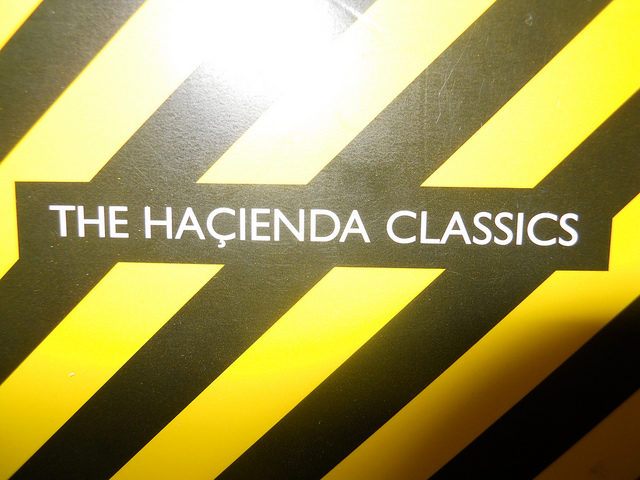
In retrospect, it can be said that the beginning of the end for the Haçienda happened on 14 July 1989. The tragic death of 16-year-old Clare Leighton from an overdose shocked the community, becoming the first ever ecstasy — related death in the UK. Sadly, things only worsened in the years that followed.
The Haçienda stopped working for a short period of time in 1991, and after some reorganization and an increase in security, it reopened later the same year. Nevertheless, those adjustments were not enough to keep it going. The place continued to lose money, falling ever more into debt and after a series of gang-related shootings on the premises, adding even more fuel to the fire, the club couldn’t handle the bad press and eventually closed in the summer of 1997, and this time for good. The band Spiritualized played the final live performance in the club and the last club night was held on 28 June 1997.
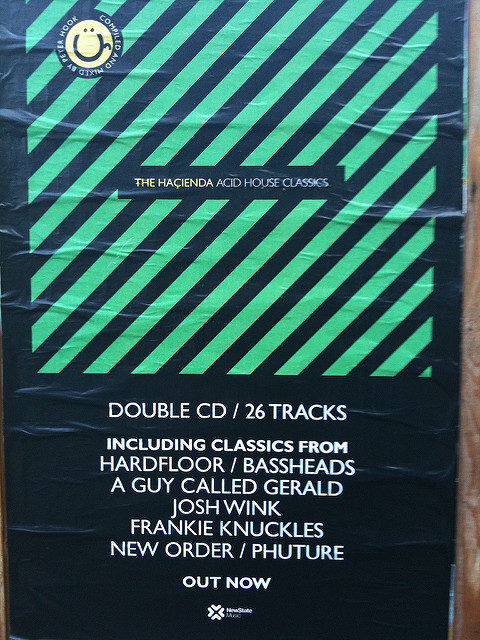
The demise of the famous Haçienda club felt like the end of an era. The building remained empty for quite some time until it was purchased by Crosby Homes, an Australia-based residential development division, whose goal was to demolish the nightclub to make way for apartments.
All of the interiors were stripped down and sold at a public auction on Saturday 25 November 2000, and two years later the Haçienda was demolished. Crosby Homes chose to keep the club’s iconic name, together with many of the themes which ran through the original building, a step that was widely criticized as trying to cash in on the Haçienda brand.
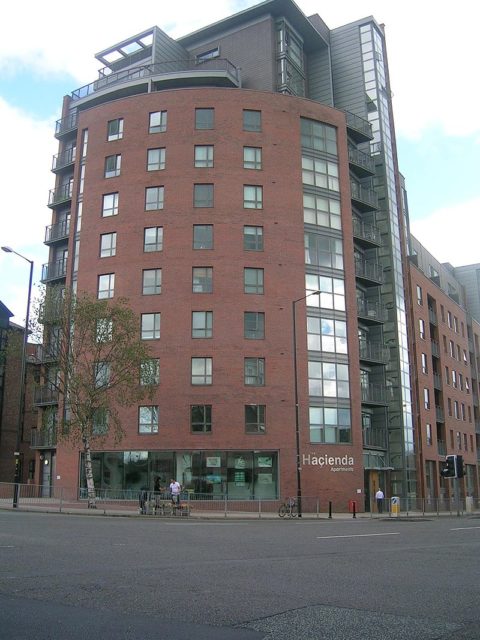
The city of Manchester lost something that day, however, all of those people who were there when the music revolution took place found a way to immortalize the legacy of the Haçienda. The Manchester Museum of Science and Industry holds a variety of Haçienda and Factory Records artifacts; a documentary and a film about the history of the Haçienda were filmed; and the Manchester exhibition center Urbis hosted an exhibition celebrating the 25th anniversary of the club’s opening, which ran from mid-July, 2007 until mid-February, 2008. All in all, we can say with absolute certainty that this club will always exist, in one form or another.
